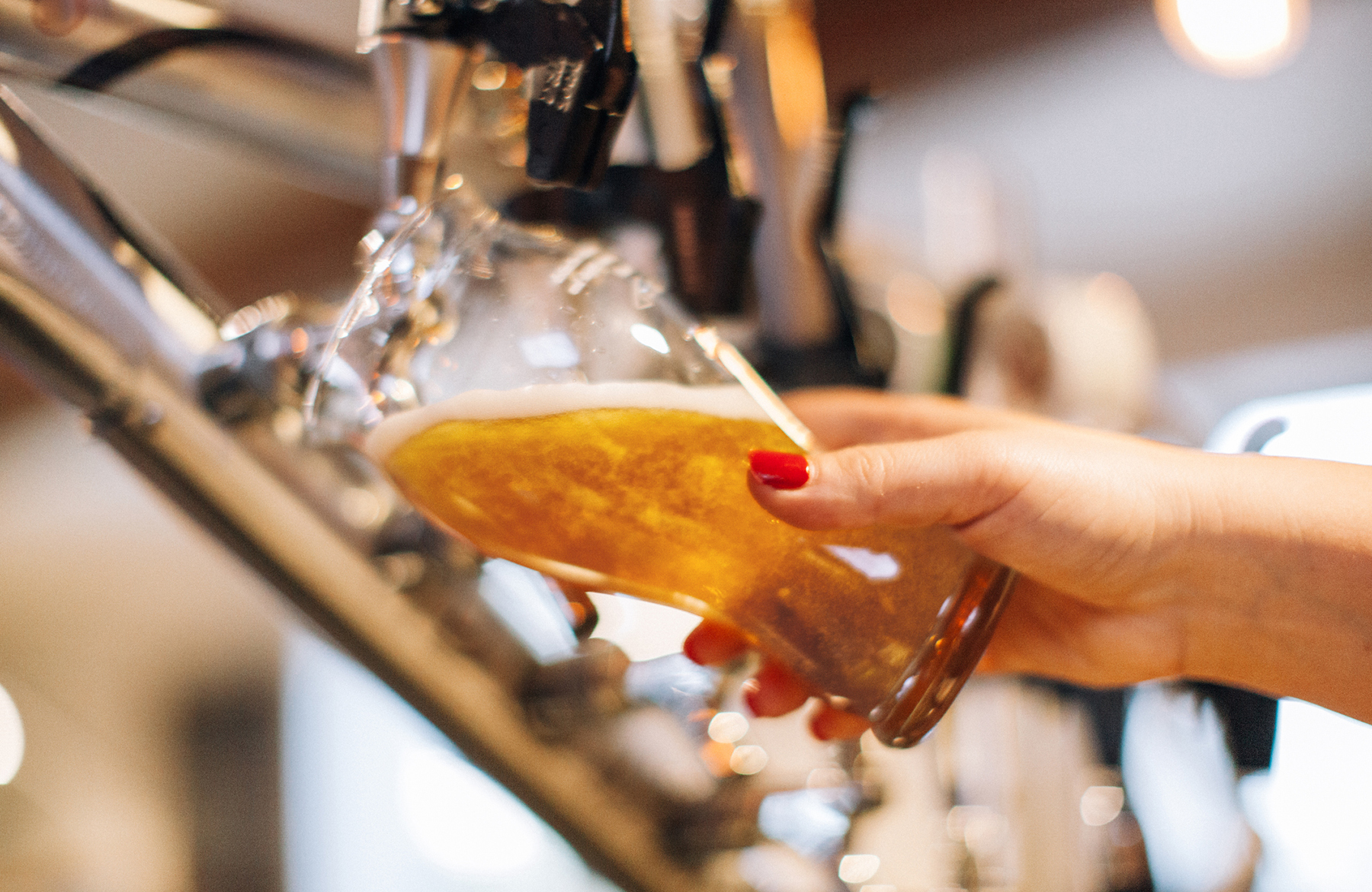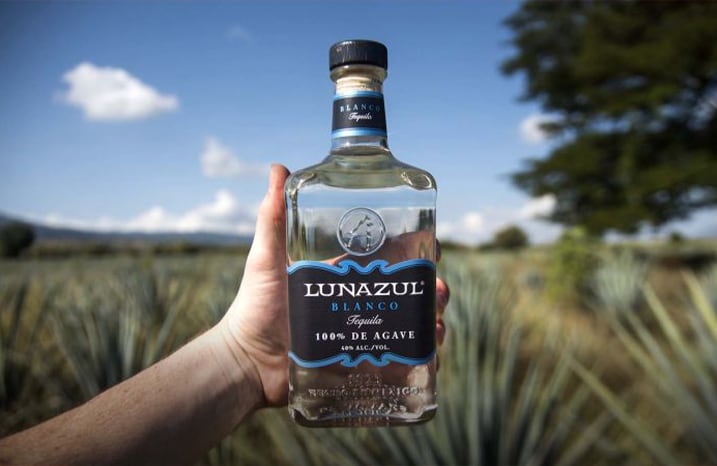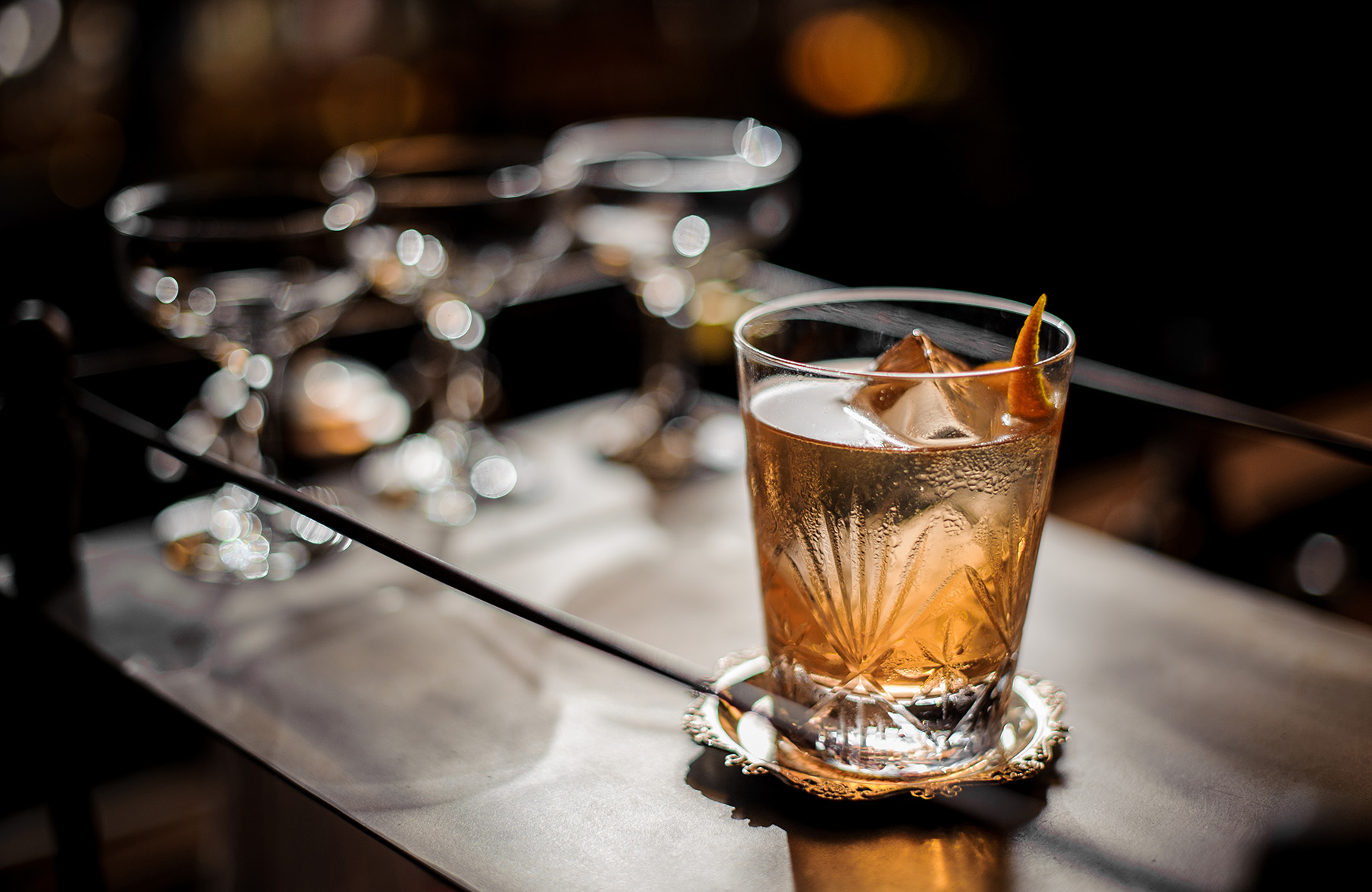Why Breweries Should Be Embracing the Modern Pilsner
March 28, 2019
The pilsner is the most iconic beer in history. By far the world’s most dominant style, this pale lager category represents the flagship products of the largest corporate beer brands: Budweiser, Miller, Coors, and the like. Industry calculations suggest that these macrobrewed “pilsners” make up more than 90% of the volume of beer made globally each year.
Except, as beer fans know, these are not real deal, true-to-form pilsners, but pilsner-adjunct beers that mimic the style’s easy drinkability but lack its full charm and flavor. So why compete with big beverage? In a craft beer market that continues to be dominated by IPAs, embracing pilsner presents the perfect opportunity for smaller producers to stand out from competitors and expand their consumer base.
How Pilsner Took Over the World
Unlike most historical beer styles, we can identify the exact time and place where the pilsner was born. In 1842, the Bohemian town of Pilsen (now in the Czech Republic) built a new, cutting-edge brewery so they could compete with the highly-regarded beer of their Bavarian neighbors. To helm their shining “Citizen’s Brewery,” they hired brewmaster Josef Groll, who combined his Bavarian yeast and techniques with the pale Czech barley malt and local hops. That October, this recipe resulted in a sparkling lager with a golden color and stunning clarity that became an instant hit across the region. (The brewery still exists today, known as Pilsner Urquell.)
As refrigeration technologies developed, it became possible to execute the temperature-sensitive lagering process all year long, in any climate. The industrial-era spurred production, and by the late 19th century, beer was available and enjoyed around the word. And what were these new international breweries making and selling to thirsty customers? The easy-to-drink pale lager in the style of Pilsen.
The Opportunity in Modern Pilsner
With so much competition, why should craft brewers concern themselves with the most recognizable beer in the world?
Accomplished brewers always give the same answer: they’re deceptively simple beers. Made with modest ingredients and a deliberately low gravity, pilsners don’t give brewers anywhere to hide. Any flaws are immediately detectable, meaning that everything on the palate must be placed there intentionally. Their clean, straightforward flavor demand balance and restraint.
This is a tremendous opportunity for brewers who know their stuff. To attempt this iconic beer is not an obvious choice, but a bold one. Whereas many pilsner-adjacent American macrolagers are intentionally watery and without character, a well-crafted pilsner puts discernible, pleasant flavors back in the glass. The results are sublime.
The craft beer market is ready for something new. American pilsners stand in high contrast to the ubiquitous IPAs that have defined the craft movement for the last decade. Those intensely hopped profiles once served as an opportunity for small-scale brewers to add a distinctive stamp, but today’s market is experiencing palate fatigue from high ABVs and IBUs. Consumers are excited for crisp beers that emphasize drinkability.
Increased Margins
There is also a strong business case for smaller companies to be prioritizing the pilsner. Production-scale craft breweries stand to benefit from a higher margin. Low-ABV styles require less malt (expensive) and include more water (not expensive). And hops, on the whole, are a relatively low-cost component of any recipe.
So by customing pilsners with tweaks such as specialty hops and dry- or double-hopping techniques, breweries can sell the results at premium, fetching prices in the upper-tier of the craft beer range (such as those expected for special releases and seasonals.) The marketing language can then speak to desirability associated with high-end craft.
Local and Fresh
Craft brewers will never compete in the American light lager category on price. So it’s important that any product in the category stand out on taste, quality, uniqueness, or some other cache that’s important to the audience, such as locality, organic, gluten-free, and the like.
Pilsners present opportunities to sell to regional customers, emphasizing providence and freshness. Delicate flavors and low IBUs mean a pilsner will suffer more dramatically from age. These beers work best when enjoyed young, where the noble hop characteristics can really shine to balance their sweetness. This creates both a desirability and demand that a brewery can communicate to its consumers.
Wellness wins
Over the last few years, we’ve seen a shift in which beer fans are seeking out beers with less alcohol per serving. Consumers are more cautious about health, but still looking to enjoy their beer and not sacrifice a good time. A lower ABV equates to less impairment, better for the drive home and the next morning. But with less alcohol, modern pilsners tend to pack fewer calories as well. So beer drinkers who are looking to balance the pleasure and social aspects of beer with health needs are checking that ABV listing — not for the high end of the scale, but for those in the 3.5-5% range.
Grow your base
Lastly, the craft market needs to be expanding its scope. Quenchable, but high-quality, beer styles present an opportunity for craft breweries to broaden their base to include consumers who are historically uninterested in challenging beers. Pale lagers are accessible, creating an opportunity to convert those who aren’t quite ready for more advanced styles. By offering delicious but approachable lagers, craft breweries can appeal to anyone more accustomed to drinking macro-produced beer, as well as to new consumers who have historically thought of themselves as someone who “doesn’t like beer.”
—
Craft beer has grown in the last decade, and continues to expand. But as the market gets more crowded, individual brands need to look for ways to stand out. Beer fans are asking for crisp, refreshing beers with a sessionable alcohol content. The modern pilsner represents the perfect opportunity to show off skill and technique, and to challenge the notion of what a pale American lager can be.




